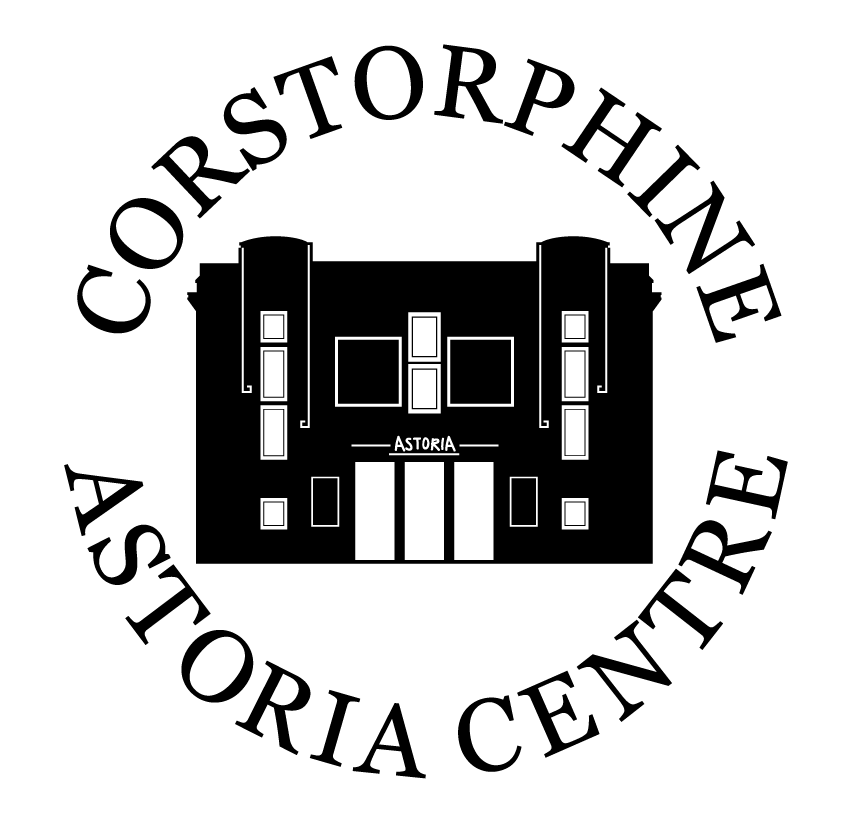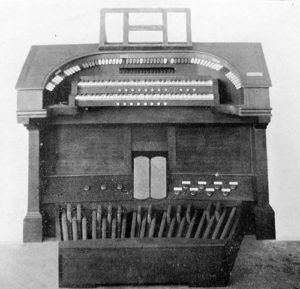 The proprietors commissioned a local company, Ingram & Co (Edinburgh), to build a theatre organ at their Saughton Works in Saughton Avenue, Gorgie. Although established and respected church organ makers, Ingram built only a few cinema organs and this, their 2/4 Ingram, was their smallest. In the 1890s Eustace and Alfred Ingram, the sons of Eustace Ingram, organ builder, started in business as Ingram & Co. of Hereford and Edinburgh. The company eventually went into liquidation in 1903 but the name of the firm continued to be used until 1941 when the business became part of Nicholson & Co.
The proprietors commissioned a local company, Ingram & Co (Edinburgh), to build a theatre organ at their Saughton Works in Saughton Avenue, Gorgie. Although established and respected church organ makers, Ingram built only a few cinema organs and this, their 2/4 Ingram, was their smallest. In the 1890s Eustace and Alfred Ingram, the sons of Eustace Ingram, organ builder, started in business as Ingram & Co. of Hereford and Edinburgh. The company eventually went into liquidation in 1903 but the name of the firm continued to be used until 1941 when the business became part of Nicholson & Co.
The 2/4 Ingram had two Manuals (keyboards) and four Ranks (voices or sets of pipes).  The four ranks of pipes in this organ were flute, trumpet, string and vox humana. It also contained cathedral chimes, harp, xylophone, traps, a full set of drums and cymbals. Weighing in at about three tons it had about 12 miles of wiring. The organ was one of the smallest ever installed in a cinema – media reports of the time consistently refer to it as ‘the little Ingram’ – but it packed a punch. Now the only surviving example from this manufacturer, the Astoria organ, was considered their best example and has been described by the British Institute of Organ Studies thus “This was a gem of an organ with a quality of sound that belied its small size.”
The four ranks of pipes in this organ were flute, trumpet, string and vox humana. It also contained cathedral chimes, harp, xylophone, traps, a full set of drums and cymbals. Weighing in at about three tons it had about 12 miles of wiring. The organ was one of the smallest ever installed in a cinema – media reports of the time consistently refer to it as ‘the little Ingram’ – but it packed a punch. Now the only surviving example from this manufacturer, the Astoria organ, was considered their best example and has been described by the British Institute of Organ Studies thus “This was a gem of an organ with a quality of sound that belied its small size.”

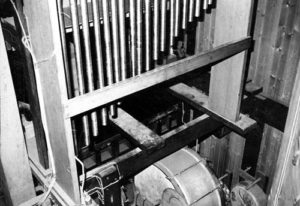
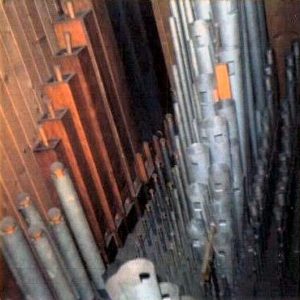
Perhaps this quality was recognised by BBC Radio who made outside broadcasts from this venue. Initial tests by the BBC found it “very suitable for broadcasting” and its glamorous organist Nora Milne gave several broadcasts a week to listeners in Scotland. The BBC’s director-general Lord Reith was enthusiastic about these recitals and extolled the Astoria as “one of Edinburgh’s most modern cinemas”.
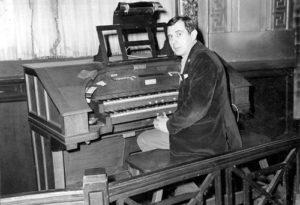

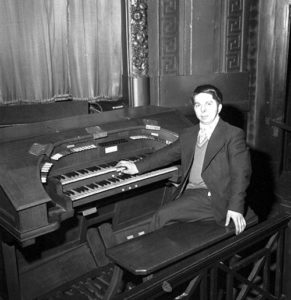
Gordon Lucas, resident organist at the Playhouse, had a chance to play it in the Astoria’s final years. He thought highly of the organ’s beautiful tone and wide dynamic range. In 1970 the organ was overhauled, but by the time the Astoria closed in 1974, Gordon Lucas had noted that it needed major repair work. Reeds needed replacing and there was a serious wind loss in the bellows, which would have added a chesty wheeze to the music.
Before the building was finally demolished in 1976, a team of organ enthusiasts 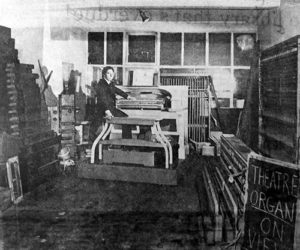 removed the components of the organ during 1973 with a view to finding a new venue. As this quest was unsuccessful they were brought out of storage and sold to Mr Robert Gallo who moved and assembled them to his commercial garage. He displayed them in his showroom in Gilmore Place to gain publicity and public support but when this initiative failed he sold them onto an Edinburgh antique dealer who stored the components in outbuildings on his Balquidder farm. In the early 1980s, the components were again rescued by Charles Davidson. He began the repair and restoration of some of the pipework and negotiated with St Albans Organ Museum for the organ to be rebuilt and installed along with two other theatre organs. However, the museum ran out of space, the project was dropped and the components were transferred back to Mr Davidson’s storage unit in East Lothian where they lay for almost 30 years.
removed the components of the organ during 1973 with a view to finding a new venue. As this quest was unsuccessful they were brought out of storage and sold to Mr Robert Gallo who moved and assembled them to his commercial garage. He displayed them in his showroom in Gilmore Place to gain publicity and public support but when this initiative failed he sold them onto an Edinburgh antique dealer who stored the components in outbuildings on his Balquidder farm. In the early 1980s, the components were again rescued by Charles Davidson. He began the repair and restoration of some of the pipework and negotiated with St Albans Organ Museum for the organ to be rebuilt and installed along with two other theatre organs. However, the museum ran out of space, the project was dropped and the components were transferred back to Mr Davidson’s storage unit in East Lothian where they lay for almost 30 years.
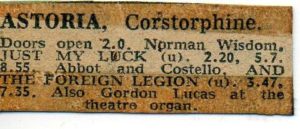
In 2014, The Corstorphine Trust agreed to buy the Ingram cinema organ and the components were returned to Corstorphine to be stored in a lock-up garage.
